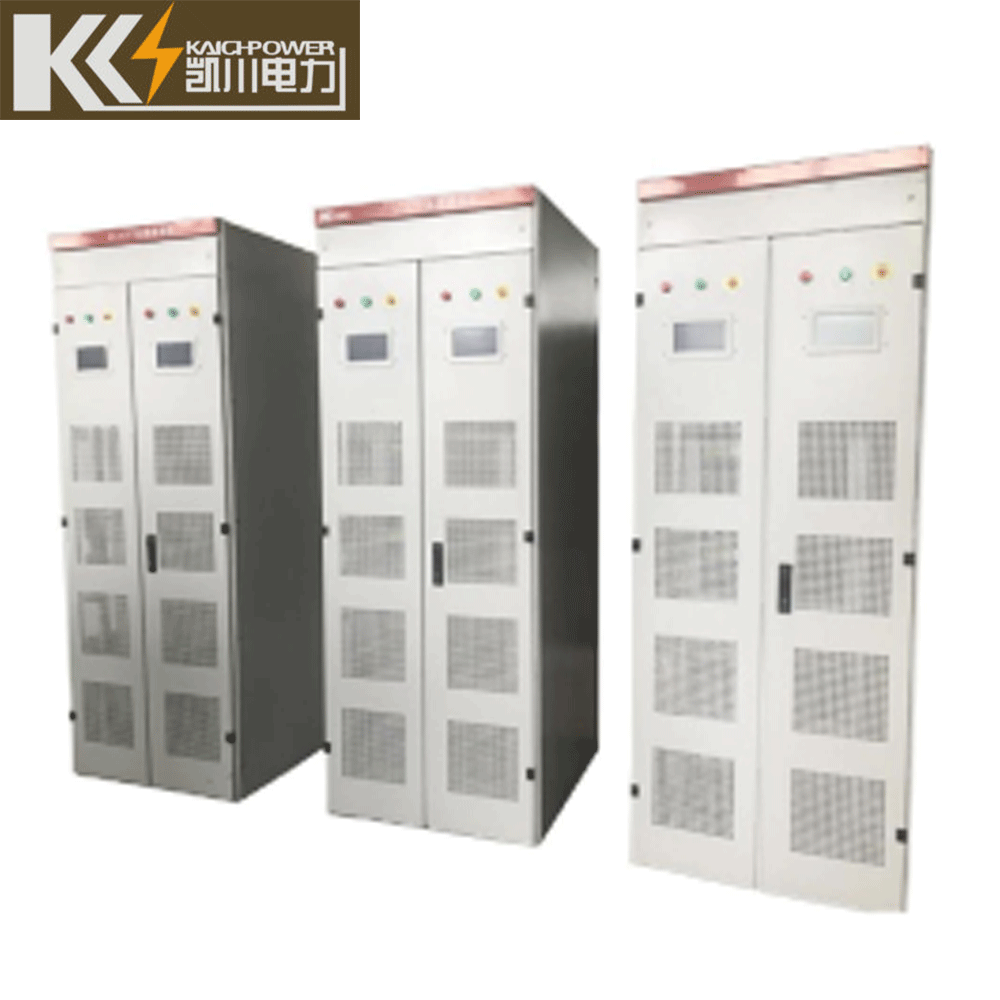The field of power electronics has witnessed a significant evolution in recent decades, particularly with the advent of active power filters (APF). These devices have revolutionized the way we manage and control power quality, offering a more efficient and dynamic approach to harmonics suppression and reactive power compensation.

The APF is a state-of-the-art power electronic device that dynamically manages power quality by actively countering harmonic distortion and reactive power issues. Unlike traditional passive filters, the APF offers superior performance and adaptability, making it an invaluable tool in today’s rapidly evolving power systems.
The APF’s primary function is to compensate for harmonics and reactive power, both of which can have significant negative impacts on power systems. Harmonics, created by nonlinear loads in the system, can cause voltage distortion, equipment overheating, and reduced system efficiency. Reactive power, which exists in capacitive and inductive loads, can lead to voltage fluctuation and unnecessary energy losses.
The APF addresses these challenges through precise monitoring and rapid response capabilities. It continuously measures the power quality and adjusts its output to compensate for any harmonics or reactive power present. This active compensation not only mitigates the negative effects of these issues but also enhances the overall efficiency and stability of the power system.
One of the key advantages of the APF is its ability to adapt to different loads and system conditions. Unlike passive filters, which are limited by their fixed frequency response, the APF can dynamically adapt to varying harmonics and reactive power levels. This flexibility allows the APF to provide optimized compensation even in complex or changing power environments.
In addition to its adaptability, the APF offers superior compensation performance compared to passive filters. It provides more accurate compensation, resulting in less voltage distortion and improved power quality. The APF’s active compensation also ensures minimal energy losses, making it more efficient than traditional passive methods.
Moreover, the APF offers seamless integration with existing power systems. It can be installed as a standalone device or integrated into existing equipment, ensuring minimal disruption to ongoing operations. This ease of installation and integration further enhances the APF’s appeal as a practical solution for harmonics suppression and reactive power compensation.
In conclusion, the active power filter (APF) has emerged as a game-changing technology in the field of power electronics. Its ability to dynamically compensate for harmonics and reactive power, coupled with its adaptability, superior compensation performance, and ease of integration, positions the APF as the ideal solution for managing power quality in modern power systems. As we continue to rely more heavily on advanced electronic devices and nonlinear loads, the APF’s role in ensuring reliable, efficient, and high-quality power supply will become increasingly crucial.